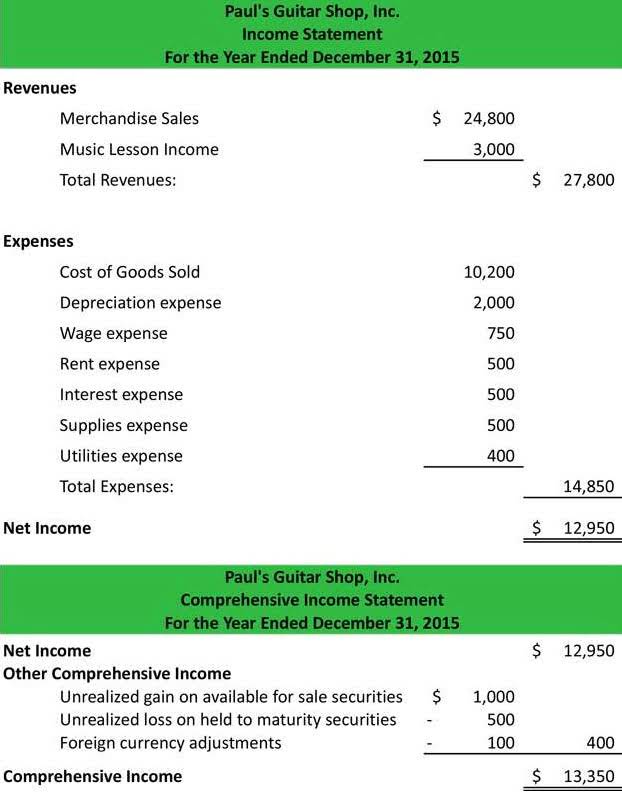
You would log the difference between the par value and the https://www.bookstime.com/articles/posting-in-accounting sale price of these shares under shareholders’ equity on your balance sheet as additional paid-in capital. Most ordinary common shares come with one vote per share, granting shareholders the right to vote on corporate actions, often conducted at company shareholder meeting. If you cannot attend, you can cast your vote by proxy, where a third party will vote on your behalf.

Disadvantages

The capital stock classification includes common stock, and may also include several types of preferred stock, such as Series A preferred stock and Series B preferred stock. Now, let’s assume the company decides to expand its operations and build a new factory. Similarly, if the company decides to sell some of its assets, the capital stock decreases. For example, Class A shareholders may have one vote per share, while Class B shareholders may have one-tenth of a vote per share, or no vote at all. This means that Class A shareholders have more influence and control over the company’s affairs than Class B shareholders. The amount of capital stock issued to different people, whether investors or shareholders, decides the percentage of the company that each person owns.
Additional Disclosures
- What is notable with this definition is that capital stock represents the number of shares a company can issue based on its articles of incorporation.
- Previously outstanding shares that are bought back by the company are known as Treasury shares.
- However, book value does not account for the intangible assets, such as goodwill, patents, or brand value, that may contribute to the company’s profitability and growth.
- These transactions can change the number of shares outstanding, the par value per share, or the book value per share, and thus affect the financial statements and ratios of the company.
- Unlike debt financing where a borrower must pay back the borrowed money with interest, equity financing imposes no obligation on the company to pay back the investment or interest on the investment.
- Capital stocks do not represent the total outstanding shares but rather the maximum number of shares that can ever be issued by the company based on its charter.
- As your business grows, you will eventually face the decision of whether to raise capital through the sale of common stock or through the sale of preferred stock.
The common stock balance is calculated as the nominal or par value of the the basic form of capital stock is common stock multiplied by the number of common stock shares outstanding. The nominal value of a company’s stock is an arbitrary value assigned for balance sheet purposes when the company is issuing shares—and is generally $1 or less. By issuing capital stocks, businesses open up a potential revenue stream that does not add to their debt burden. Capital stocks are also advantageous to investors, as they allow the investor to form a vital part of the company’s growth, with great potential for appreciation and healthy dividends. With this in mind, it is important to consider your goals for investing before making a decision. If you are looking for long-term growth potential, common stock may be the better choice.

Would you prefer to work with a financial professional remotely or in-person?
- The total number of shares issued less the total number of outstanding shares represents a company’s treasury stock.
- They also share in the company’s profits or losses through dividend payments.
- They use this info to judge if they should buy or sell their shares based on profit potential and financial health.
- The choice between the two is dictated by each individual state’s definition of legal capital.
- However, they also have different effects on the company’s financial statements, shareholders’ equity, and earnings per share.
Capital stock also affects the voting rights, dividends, and liquidation preferences of shareholders. In this section, we will explore the types and features of capital stock, and why it is important for both investors and managers to understand them. Capital stock refers to the total value of a company’s shares of stock, including both common and preferred shares. Common stock is the most basic form of ownership in a company and represents the portion of a company’s equity that is held by its common shareholders.

GAAP calls for disclosure of the quantities of shares in each group either in the balance sheet or in a note. Companies may need to give up some level of ownership to entice someone to invest in buying the shares of the corporation. The result is that the percentage ownership of the current shareholders will be diluted or diminished. This aligns the interests of the investor and that of the company where they both have a common https://www.facebook.com/BooksTimeInc/ interest to grow the business and increase the company valuation.
- And while this may be an evergreen maxim for businesses, raising money for capital investments brings its own set of challenges.
- Owning just a piece also lowers risk since they don’t have all their money in one place.
- The capital stock formula helps us know a company’s value through its shares.
- Attracting investors becomes easier when there’s an opportunity to own a part of the corporation through capital stock.
- Accountants need to keep track of capital stock to make sure all investments are reported accurately.
- However, common stockholders have a lower position than preferred stockholders, who get priority on dividend payments and in recovering their investment if the company is liquidated.
Classes of Stock
It is a process that only goes on between shareholders and has no impact on accounting or bookkeeping unless the company actually buys them back (then they become treasury stock). A corporate charter, also known as a “charter” or as “articles of incorporation,” is a legal document that is used to start a corporation. It is filed with the state government of whatever state the company incorporates in. It details things like a company’s location, whether it will be a profit or nonprofit, its board composition, and its ownership structure. This also is where a company will state the number of authorized stock they intend to use. Owning capital stock can give you a part of a company’s profits and voting rights on big decisions.


Share your feedback about this course